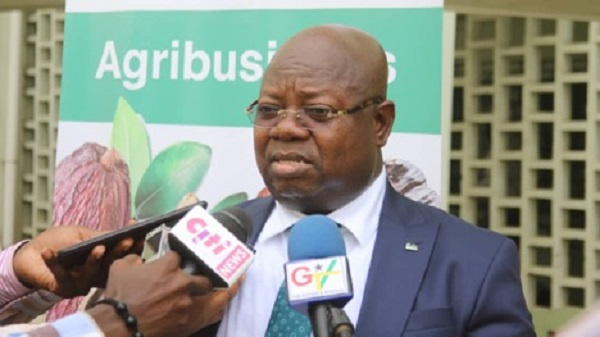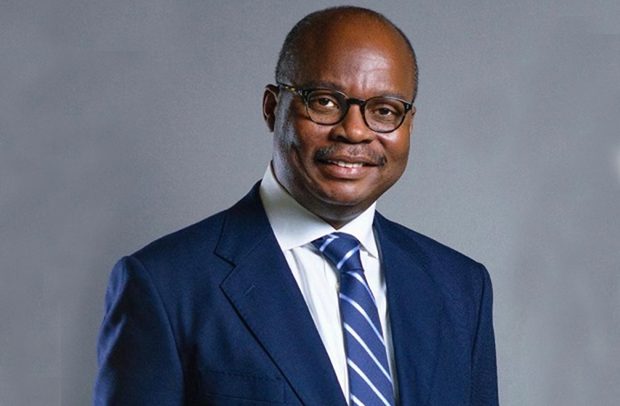
The bank recorded GH¢55.73million for the first half of the year against GH¢30.96million in a comparable period last year. This follows a similar impressive performance from the state-owned bank in the thick of the unforgiving operating environment of 2020, owing to the advent of COVID-19, when the bank saw its profit after tax (PAT) grow by 341 percent year-on-year (YoY) from GH¢14.82 million to GH¢65.41 million.
The bank’s turnaround follows an injection of GH¢127 million by the Ghana Amalgamated Trust – a special purpose vehicle (SPV) that was established by the state in 2019 to support solvent and well-run indigenous banks – which were otherwise having difficulties in meeting the new minimum capital requirement [GH¢400 million] deadline – in meeting their obligations.
This, in addition to a successful listing of the lender on the Ghana Stock Exchange (GSE) in 2016, has been credited for the change in the bank’s fortunes.
ADB’s half-year performance was in no small part due to a growth in net fees and commission, and net interest income as well as a reduction in Non-Preforming Loans (NPLs).
A perusal of the financial statement shows that net fees and commission and net interest income grew by 51.4 percent and 26.1 percent to GH¢45 million and GH¢239 million respectively in June 2021, while the ratio of NPLs to gross loans dropped by 6.49 percentage points to 31.8 percent.
At a time when many lenders have tightened their purse-strings, loans and advances by the agriculture-focused lender were up 24.28 percent to GH¢2.07 billion from GH¢1.65 billion, coinciding with a 25.75 percent rise in customers’ deposits YoY.
Total assets have appreciated by 25.58 percent to GH¢6.17billion, with the balance sheet growing to GH¢11.34 billion.
The bank continues to remain highly liquid, particularly with reference to meeting its short-term obligations, with a ratio of 112.96 percent and its capital adequacy ratio at 13.31 percent.
Also, Earnings-Per-Share (EPS) of the Accra bourse-listed bank stood at 21.29 Ghana pesewas at the end of 2020 – up 138.6 percent from 8.92 pesewas the previous year. Read Full Story























Facebook
Twitter
Pinterest
Instagram
Google+
YouTube
LinkedIn
RSS